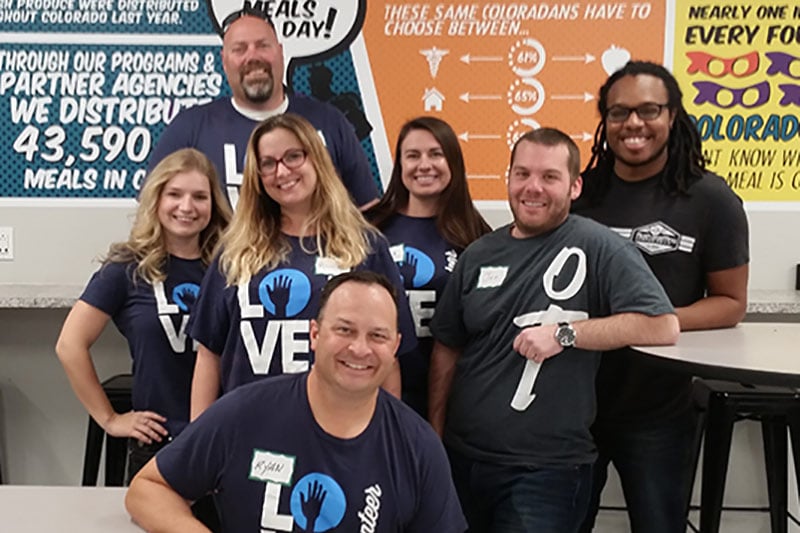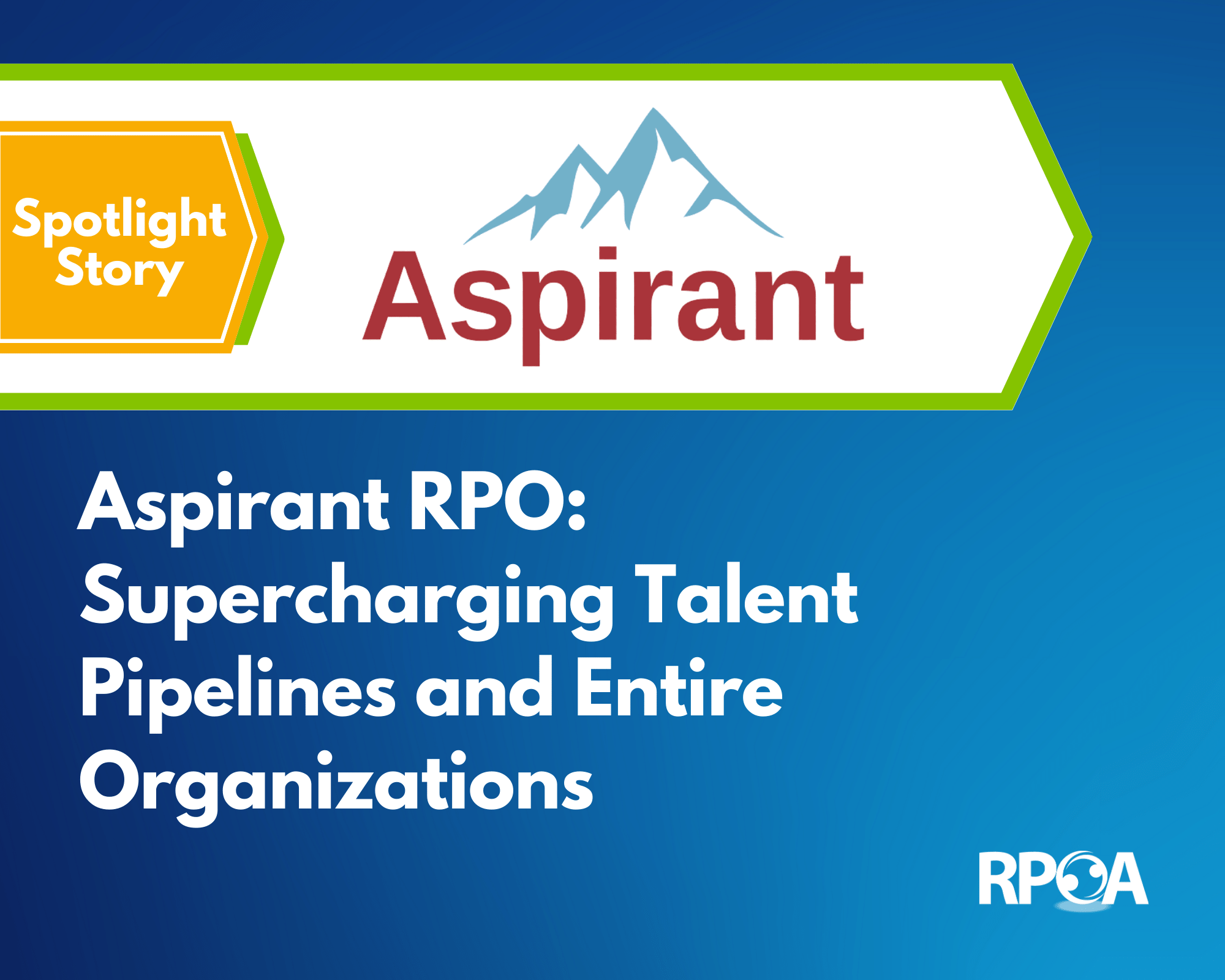
Recruitment process outsourcing firms (RPOs) sometimes have the daunting task of reducing the time-to-fill for their clients, and this challenge is not excused even for a natural disaster. Open jobs can cost employers thousands of dollars when unfilled and RPO firms are compensated for the quick turnaround of their service. When natural disasters such as seasonal hurricanes hit, RPOs need to work through their deteriorating work environment, service their clients, and keep communication channels open.
Continuing Operations
With the passing of Hurricanes Harvey and Irma this fall and a few more hurricanes on the horizon, several recruiting firms withstood the damaging winds and rain firsthand. Others, such as People Science in New Jersey, knew all too well the work required to survive through such storms, having endured the brunt of Superstorm Sandy in 2012.
Despite weathering Sandy well thanks to a previous experience with an earlier hurricane in 2004, one challenge emerged that was different than simply keeping the computers running, says Nichlos. That challenge was keeping clients onboard as People Science recovered.
Clients don’t necessarily care if your business is losing power or knee deep in water, partly because at the end of the day, they have to have a workforce to meet their business targets.
“If they don’t think you can handle the dilemma, they’re going to go somewhere else – contract or no contract,” says Nichlos.
Open and regular communication with your clients is important to keep them aboard during trying times. “You need to assess where you are (during recovery.) Once you know where you are, figure out what you can do (and let your client know),” advises Nichlos.
Kindred Spirits
Recruiting firm, Hueman, had a recent brush with natural disaster as Hurricane Irma stormed through Jacksonville Beach – home of Hueman offices. “We have the luxury of having offices with an ocean view. Unfortunately, this also means we’re most vulnerable to threatening weather,” says Sarah Palmer, VP of Marketing at Hueman.
“Employees' safety was our top priority during the storm,” said Dwight Cooper, Hueman’s CEO. Everyone had to evacuate the city and Hueman had to shut their offices for a couple of days, “but we also learned from previous experiences and were prepared” added Cooper. Hueman was open for business and most staff back in office within a couple of days after the storm.
As Hueman has partners all over the nation, communication was critical for ensuring that clients were kept abreast of Hueman’s operations during and after the storm. This includes partners who were located in Florida, who were quite understanding of the situation considering many were undergoing the same challenges.
“Because our Florida-based clients are large healthcare systems, they were busy performing the same way we were, with the added responsibility for patients,” says Palmer.
During the storm, Hueman account managers and directors were in constant contact with their respective partners to keep them in the loop of office closures and operations, explains Palmer. These communications were backed by a variety of tools and technological solutions designed to allow employees to keep working remotely if possible.
“This included remote-user setup, led by our IT administrator, ensuring all documents were accessible via cloud-based technology, and all land-line phone systems were forwarded appropriately,” Palmer notes.
Conventional communication methods were followed with social media updates regarding office conditions, including posts through Pinterest, Facebook, and Twitter, allowing conditions to get passed along even if cell towers or landlines were down.
Clients Don’t Always Understand – Even When They’re Affected
Clients that are enduring the same storm as your business are more understanding of time, rescheduling needs, and potential lost connections, observes Palmer. But clients outside of your geographic location may not have the same sympathy.
“Our larger hurdler is with clients not located in the same market where we may be experiencing a disaster,” says Palmer. “All clients are understanding to a point, but if they have not gone through something similar, it can be difficult for them to relate to the ongoing challenges.” Luckily for Hueman, they were able to recover from the storm rather quickly and get back into their offices within a couple of days without major work disruption.
Post hurricane challenges can range from the inconvenient – such as the persistent noise of loud, industrial-sized fans – to more severe, such as complete loss of power and communications.
In the end, a strong communication plan is essential for keeping your clients serviced, even when it seems that just about everything is out of your hands, warns Nichlos. During Superstorm Sandy, it was necessary for People Science to communicate to one of their local clients who dodged the more destructive areas of the storm, that candidates are not able to make it to their interview because “their houses are underwater!”
Though you can’t force empathy on a client, a communication plan including numerous contingencies can keep your clients in the loop as you work through recovery. Find more advice from Hueman and People Science on how to keep your buiness in action during and post a natural disaster.













